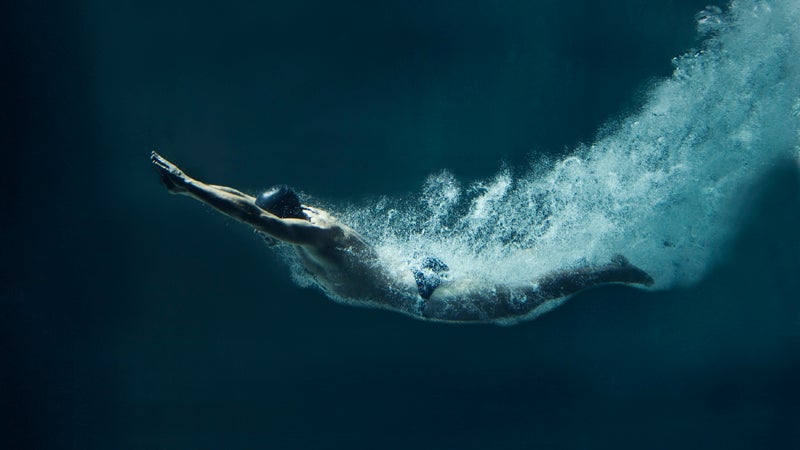In the 1970s, Hungarian psychologist Mihaly Csikszentmihalyi popularized the term “flow” to describe a heightened state of consciousness. Since then it’s been adopted by everyone from Microsoft to Laird Hamilton to explain peak performance. But what exactly is flow—a chemical reaction or something more ineffable? Steven Kotler tries to answer that question in .
OUTSIDE: You note that some executives are five times as productive when in a flow state, but your main subjects are athletes. Why?
KOTLER: One of the easiest ways to get into flow is when the challenge of the task at hand is roughly 4 percent greater than your skill level. In action sports, the ante keeps getting raised. When an athlete does something we once thought impossible, a flow state is almost always responsible.
You write that running up ladders or brushing your teeth with the opposite hand can help you get into flow. Can small things like that really put you in the same frame of mind as surfing Maverick’s?
Those are small examples that train the different sensory systems you need to have functioning to get what’s called deep embodiment, which is one of the big flow triggers. You don’t do just one or two of the flow hacks. You need to do a lot of them.
Your book covers everything from 19th-century experimental psychology to neurobiology. Where are flow studies going?
In the past, the psychologists who studied flow weren’t talking with the neurologists who studied it. Hopefully, the book will get everybody on the same page. The next step is the Flow Genome Project, a collaboration with scientists and entrepreneurs. We want to align physiology, neurobiology, and psychology. It may turn out that elite athletes have blunted receptors, so they need more dopamine to feel the same sensations normal people do. Nobody knows. Mainly, we want everybody to have more flow.


